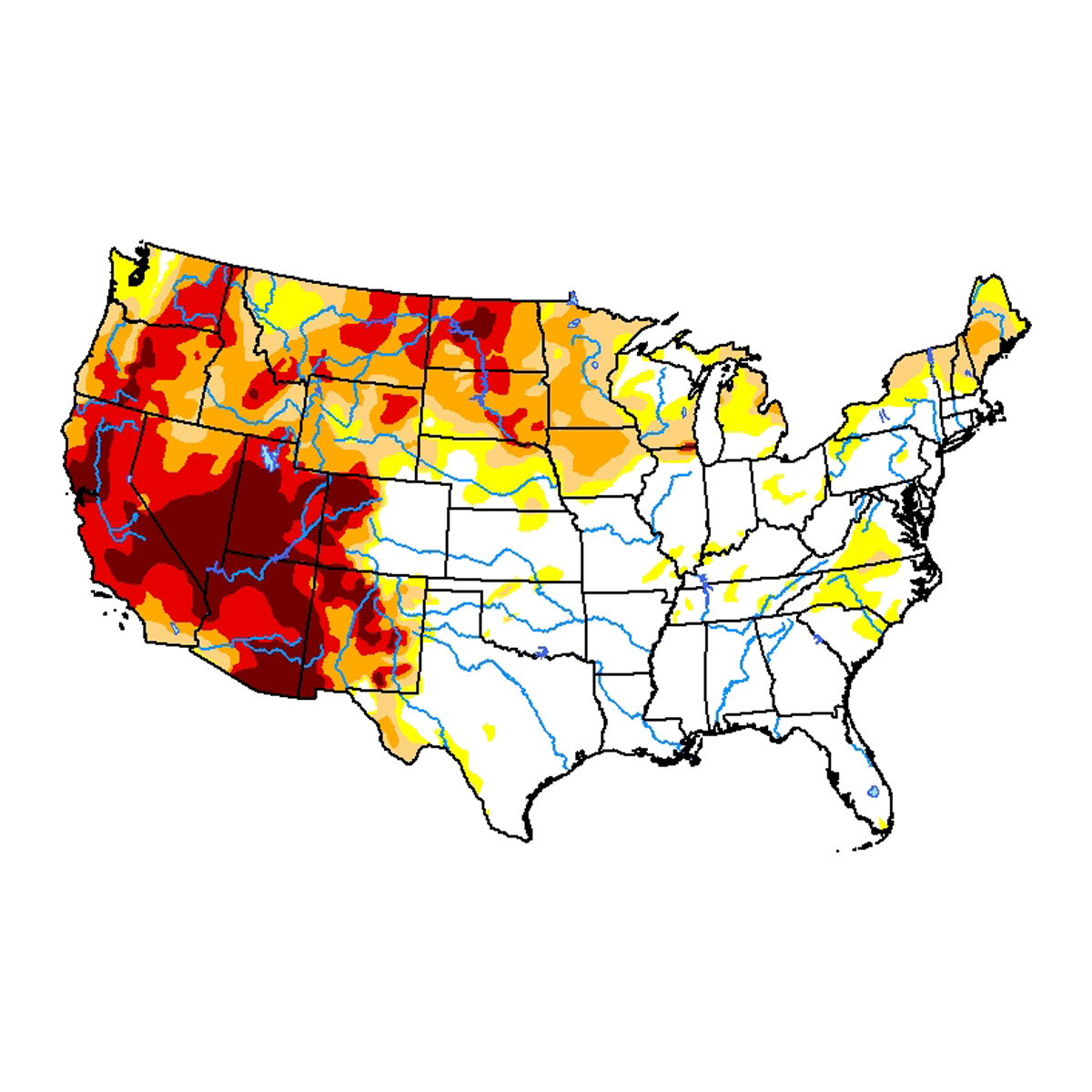TRCP gathered conservation leaders, fisheries managers, fishing businesses, and media to talk about gulf menhaden management and the industrial menhaden reduction fishery’s impact on recreational fishing
Menhaden—also known as pogies in the Gulf—are essential forage fish for redfish, speckled trout, and many other culturally important gamefish throughout the region. Meanwhile, the industrial menhaden reduction fishery is the largest fishery by volume in the Gulf of Mexico. Two foreign-owned companies harvest about 1.2 billion pounds of menhaden annually using purse seine nets and large ships of 160-200 feet in length. The fish are “reduced” and used for a variety of products including fish feed for foreign fish farms, livestock feed, and cosmetics.
This high volume of harvest is largely unregulated. There are no catch limits in place and observer coverage is virtually non-existent. Preliminary indications from an examination of the menhaden fishery by the University of Florida and NOAA show a significant effect on sportfish—as much as a 50-percent reduction in speckled trout and redfish biomass—from industrial menhaden harvest in the Gulf.
This is why we gathered media and conservation leaders attending ICAST to discuss improving menhaden management in the Gulf and reducing the impacts of the industrial reduction fishery.
Speakers included Dr. Aaron Adams, director of science and conservation at Bonefish and Tarpon Trust; Richard Fischer, executive director of the Louisiana Charterboat Association; Jesse Simpkins, vice president of marketing for St. Croix Rods; and Mike Waine, Atlantic fisheries policy director at the American Sportfishing Association.
Here’s what you need to know:
An estimated 80 to 90 percent of the Gulf pogie harvest takes place off Louisiana’s coast, with roughly 20 to 30 percent of that catch occurring in the shallow surf zone near beaches and barrier islands—ecologically sensitive areas where heavy bycatch is more likely.
Up to 60 million pounds of bycatch is lost each year as a result of reduction fishing in the Gulf, including hundreds of thousands of redfish, speckled trout, jacks, mackerels, and tarpon as well as crabs, mullet, shrimp, herring, and other vital forage. A 2016 analysis of Gulf menhaden fishing bycatch on redfish conducted by NOAA reported as many as 1.1 million pounds of redfish are killed annually, including tens of thousands of brood stock fish between 10 and 35 pounds.
The Coastal Conservation Association of Louisiana, the TRCP, and a host of other fisheries and wildlife conservation groups—including the National Marine Manufacturers Association, American Sportfishing Association, Audubon Louisiana, Pew, the Louisiana Charterboat Association, Congressional Sportsmen’s Foundation, Wild Oceans, Angler Action Network, Bonefish and Tarpon Trust, International Gamefish Association, Fly Fishers International, the Billfish Foundation, and Menhaden Defenders—have formed a coalition to support conservation measures.
This includes creating a model of ecological management for Gulf menhaden fishing like what has been recently implemented by the Atlantic States Marine Fisheries Commission. Ecological management would take into consideration the role that pogies play as forage for sportfish, marine mammals, and birds, as well as the capacity for pogies to filter and clean water. It would also examine the impacts the reduction fishery has on habitat and require a management authority, like the Gulf States Marine Fisheries Commission, to set and enforce catch limits.
The coalition is also pushing for a buffer zone off Louisiana’s beaches and barrier islands of at least one-half mile where reduction fishing would be prohibited. Louisiana legislator Rep. Joe Orgeron introduced a bill in April 2020 that would have created a half-mile buffer off most of Louisiana’s coast and a one-mile buffer off areas heavily used by recreational anglers. The bill passed the Louisiana House but was amended by the state Senate and ultimately failed to become law. The coalition will continue to work with the state legislature and other law and policy bodies to implement commonsense conservation measures for the Gulf menhaden fishery.
Learn more about menhaden and how these important baitfish drive sportfishing here.
Top photo courtesy of Oceana/Carlos Suarez via Flickr.





